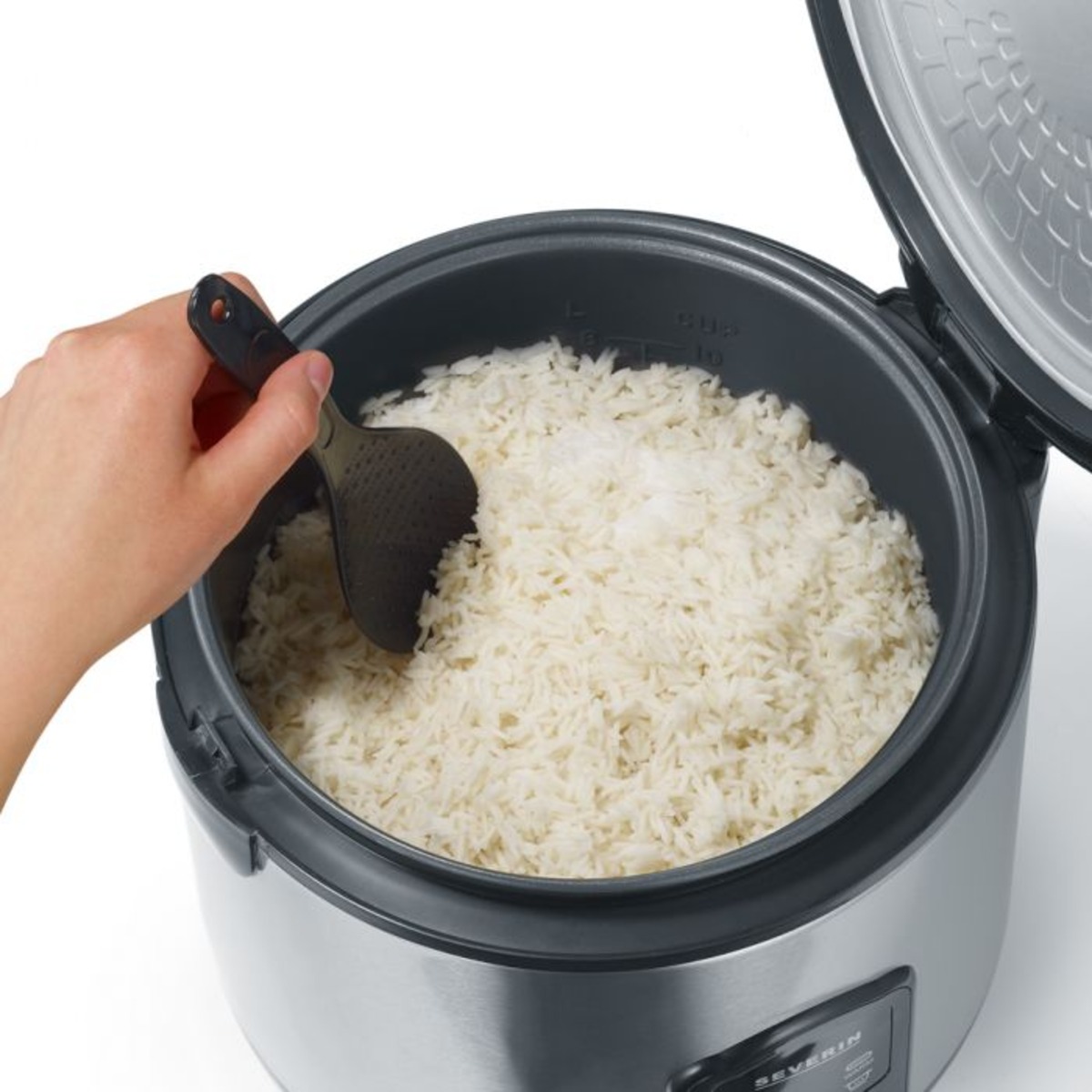

Articles
How Do You Cook Basmati Rice In A Rice Cooker
Modified: August 20, 2024
Learn how to cook Basmati rice in a rice cooker with this informative article on cooking techniques and tips. Discover the easiest and most delicious way to prepare this fragrant long-grain rice.
(Many of the links in this article redirect to a specific reviewed product. Your purchase of these products through affiliate links helps to generate commission for Storables.com, at no extra cost. Learn more)
Introduction
Basmati rice is a popular long-grain rice known for its fragrant aroma and delicate texture. Cooking basmati rice in a rice cooker is a convenient and foolproof way to achieve perfect results every time. Whether you’re a seasoned cook or a beginner in the kitchen, using a rice cooker takes the guesswork out of cooking rice and ensures a delicious outcome.
In this article, we will guide you through the steps of cooking basmati rice in a rice cooker, from choosing the right rice to serving it on your plate. We’ll also provide you with some helpful tips and variations to elevate your basmati rice cooking skills.
So, let’s dive in and discover how to cook basmati rice in a rice cooker to perfection!
Key Takeaways:
- Elevate your basmati rice cooking skills by choosing high-quality rice, properly preparing it, and using a rice cooker for foolproof, aromatic, and fluffy results every time.
- Experiment with flavor enhancements, mixing grains, and vegetable additions to create unique and delightful basmati rice dishes that will impress your family and friends.
Read more: How Do You Know When A Rice Cooker Is Done
Choosing the Right Basmati Rice
When it comes to cooking basmati rice in a rice cooker, choosing the right type of rice is essential for a delicious end result. Here are a few factors to consider when selecting basmati rice:
- Brands: There are various brands of basmati rice available in the market. Look for reputed brands known for their high-quality rice.
- Age: Basmati rice typically improves with age, so look for rice that has been aged for at least 12-24 months. This aging process enhances the flavor and texture of the rice.
- Grain Length: Basmati rice comes in various grain lengths, including long-grain, extra-long grain, and super basmati. Choose the grain length based on your personal preference or the dish you plan to prepare.
- Aroma: Basmati rice is known for its aromatic qualities. Opt for rice with a strong and pleasant fragrance.
It’s important to note that high-quality basmati rice may be more expensive, but the superior taste and texture make it worth the investment. Additionally, organic and pesticide-free options are available for those who prefer a healthier rice option.
Once you’ve selected your preferred basmati rice, it’s time to start preparing it for cooking in the rice cooker.
Preparing the Rice
Before cooking basmati rice in a rice cooker, it’s important to properly prepare the rice. Here are the steps to follow:
- Measuring the Rice and Water Ratio: The general rule of thumb for cooking basmati rice is to use a 1:2 ratio of rice to water. For example, if you’re using 1 cup of rice, add 2 cups of water. Adjust the ratio based on your preference and the desired texture of the rice.
- Washing the Basmati Rice: Start by washing the basmati rice in cold water. Rinse it several times until the water runs clear. This helps remove excess starch and prevents the rice from becoming sticky.
- Soaking the Basmati Rice (optional): Soaking the basmati rice before cooking can help to achieve a fluffy texture. Soak the rice in water for about 30 minutes to an hour. Drain the soaked rice before transferring it to the rice cooker.
By following these steps, you ensure that the rice is clean and ready to be cooked in the rice cooker. Now let’s move on to the next phase, which is actually using the rice cooker to cook the basmati rice.
Measuring the Rice and Water Ratio
When cooking basmati rice in a rice cooker, it’s important to get the rice-to-water ratio right to achieve perfect results. The standard ratio for basmati rice is 1:2, which means using 1 cup of rice with 2 cups of water. However, you can adjust the ratio to your preference and the desired texture of the rice.
Here are a few tips to consider when measuring the rice and water:
- Rice Quantity: Determine the amount of rice you want to cook based on the desired serving size. Keep in mind that basmati rice tends to expand during the cooking process.
- Water Amount: The general guideline is to use twice the amount of water as rice. This ensures that the rice is cooked fully and absorbs the water adequately for a fluffy texture. However, if you prefer firmer rice, you can reduce the amount of water slightly.
- Consistency: If you prefer softer and stickier rice, you can increase the water ratio slightly. Conversely, if you prefer a drier and more separate grain texture, you can reduce the water ratio slightly. Experiment with different water ratios to find the perfect consistency that suits your taste.
By measuring the rice and water accurately, you ensure that the rice cooks evenly and produces a desirable texture. Once you have measured the rice and water, it’s time to proceed with washing the basmati rice.
Washing the Basmati Rice
Washing basmati rice before cooking is an important step to remove excess starch and to ensure that the grains cook evenly. Here’s how to properly wash basmati rice:
- Rinse the Rice: Place the desired amount of basmati rice in a fine-mesh sieve or colander. Rinse the rice under running water, gently stirring it with your hands. Continue rinsing until the water runs clear. This helps remove any impurities and excess starch from the rice.
- Soaking the Rice (Optional): Soaking the rice can help remove additional starch and soften the grains. If you prefer, you can soak the rice in cold water for about 15-20 minutes. This step is optional but can improve the texture of the cooked rice.
- Drain the Rice: After rinsing or soaking the rice, drain the water completely. Allow the rice to sit in the sieve or colander for a few minutes to remove any excess moisture.
Washing the basmati rice prior to cooking ensures that you get rid of any dirt or impurities and results in fluffy and separate grains. Once the rice is washed, you are ready to transfer it to the rice cooker for cooking.
Read more: How Do You Cook Brown Rice In A Rice Cooker
Soaking the Basmati Rice (Optional)
Soaking basmati rice before cooking is an optional step that can enhance the texture and overall cooking experience. Soaking the rice allows the grains to absorb moisture, resulting in fluffy and evenly cooked rice. Here’s how to soak basmati rice:
- Measure the Rice: Determine the amount of basmati rice you want to soak based on your recipe or serving size.
- Rinse the Rice: Start by rinsing the basmati rice under cold running water. Gently stir the rice with your fingers to remove any debris or excess starch. Rinse until the water runs clear.
- Soak the Rice: Place the rinsed rice in a bowl and add enough water to fully submerge the grains. Let the rice soak for at least 30 minutes, but you can extend the soaking time to an hour for even better results. The soaking time allows the grains to absorb water, resulting in a fluffier texture after cooking.
- Drain the Rice: After the soaking time has elapsed, drain the water from the rice using a colander or fine-mesh sieve. Allow the rice to drain for a few minutes to remove excess moisture.
While soaking basmati rice is an optional step, it can greatly enhance the texture and overall cooking experience. Soaking allows the rice to absorb moisture, resulting in softer and more evenly cooked grains. However, if you’re short on time, you can skip this step and proceed directly to cooking the rice in the rice cooker.
Rinse the basmati rice in cold water until the water runs clear. Then, add the rice and water to the rice cooker in a 1:1.5 ratio. Let it cook, fluff with a fork, and enjoy!
Using the Rice Cooker
A rice cooker is a convenient kitchen appliance that takes the guesswork out of cooking perfect rice. It automates the cooking process, ensuring that the rice is cooked to perfection every time. Here’s how to use a rice cooker to cook basmati rice:
- Add the Rice: Transfer the washed and drained basmati rice to the rice cooker pot. Spread the rice evenly across the bottom of the pot.
- Add Water: Measure the appropriate amount of water according to the rice-to-water ratio you prefer. The general rule is to add two cups of water for every one cup of rice. Pour the water into the rice cooker pot over the rice.
- Close the Lid: Securely close the lid of the rice cooker.
- Set the Cooking Mode: Most rice cookers have different cooking modes, such as “White Rice” or “Basmati Rice.” Select the appropriate cooking mode for basmati rice on your rice cooker. If your rice cooker does not have a specific setting for basmati rice, the “White Rice” setting should work well.
- Start Cooking: Press the “Cook” or “Start” button on the rice cooker to start the cooking process.
Once you’ve set the rice cooker to the correct cooking mode and started the cooking process, the rice cooker will take care of the rest. It will automatically monitor the temperature and cooking time, ensuring that the rice is cooked to perfection.
Now that we have covered the steps to use a rice cooker for cooking basmati rice, let’s move on to the cooking process itself.
Cooking Basmati Rice in a Rice Cooker
Once you have prepared the rice, measured the water, and set up your rice cooker, it’s time to start the cooking process. Follow these steps to cook basmati rice in a rice cooker:
- Turn on the Rice Cooker: Plug in the rice cooker and turn it on.
- Cooking Time: The cooking time for basmati rice in a rice cooker typically ranges from 20 to 25 minutes. The rice cooker will automatically adjust the cooking time based on the amount of rice and water. Allow the rice cooker to complete the cooking cycle, and avoid opening the lid during the cooking process to maintain the heat and steam inside.
- Check for Doneness: Once the rice cooker completes the cooking cycle and switches to the “Keep Warm” mode, the rice should be cooked and ready. To check for doneness, you can gently fluff the rice with a fork and taste a few grains to ensure they are tender and fully cooked.
It’s important to note that cooking times may vary slightly depending on your specific rice cooker model and settings. If the rice is not fully cooked after the first cycle, you can close the lid and continue cooking for an additional few minutes. However, avoid overcooking the rice to prevent it from becoming mushy.
Once the basmati rice is fully cooked to your liking, it’s time to proceed with the final steps of resting and fluffing the rice.
Resting and Fluffing the Rice
After the basmati rice is cooked in the rice cooker, it’s important to let it rest for a few minutes before fluffing it. This resting period allows the steam to distribute evenly, resulting in fluffy and separate grains. Here’s how to rest and fluff the rice:
- Let it Rest: Once the rice cooker completes the cooking cycle, leave the rice undisturbed with the lid closed for about 5 to 10 minutes. This resting period allows the residual heat and steam to continue cooking the rice and results in a more evenly textured rice.
- Fluff the Rice: After the resting time, carefully open the rice cooker lid. Use a fork or a rice paddle to gently fluff the rice. Gently run the fork or paddle through the rice, separating any clumps and ensuring that the grains are evenly distributed.
By letting the rice rest and then fluffing it, you ensure that each grain is light, fluffy, and separate. This step is crucial to achieving the desired texture and presentation of basmati rice.
Now that the rice is fluffed and ready, it’s time to serve and enjoy your cooked basmati rice.
Read more: How Do You Cook Rice In Rice Cooker
Serving the Basmati Rice
With the basmati rice cooked and fluffed to perfection, it’s time to serve it and enjoy the delightful flavors and aromas. Here are a few tips for serving basmati rice:
- Flavor Enhancements: Basmati rice has a delicate flavor that pairs well with a variety of dishes. You can serve it as a side dish alongside curries, stir-fries, stews, or grilled meats. You can also add some saffron strands or spices like cumin or cardamom to infuse additional flavors into the rice.
- Garnish: Enhance the visual appeal of your basmati rice by garnishing it with fresh herbs like cilantro or parsley. You can also sprinkle some toasted nuts, such as almonds or cashews, on top for added texture and flavor.
- Presentation: Consider serving basmati rice in a decorative serving platter or bowl to make it visually appealing. You can shape the rice into a mound or create a well in the center to hold accompanying sauces or gravies.
Remember that basmati rice is a versatile grain that can complement a wide range of dishes. Its long, slender grains and aromatic nature make it a perfect companion for various cuisines, including Indian, Middle Eastern, and Asian dishes.
Now, all that’s left to do is to dig in and savor the delightful flavors and textures of your perfectly cooked basmati rice.
Tips and Variations
Here are some helpful tips and variations to further enhance your basmati rice cooking skills:
- Seasoning: Experiment with different seasonings to add flavor to your basmati rice. You can add a pinch of turmeric for a golden color, a dash of cinnamon for a warming aroma, or some dried herbs like thyme or rosemary for a unique twist.
- Mixing Grains: Add a variety of grains to your basmati rice for added texture and nutritional value. Mix in some wild rice, quinoa, or lentils to create a hearty and wholesome rice dish.
- Vegetable Additions: Boost the nutritional value of your basmati rice by adding vegetables. Finely diced carrots, peas, bell peppers, or corn can be sautéed and mixed with the cooked rice for a colorful and nutritious side dish.
- Flavored Broth: Instead of using plain water, cook your basmati rice in a flavorful broth, such as vegetable or chicken broth. This will infuse the rice with additional taste and depth.
- Steaming: After cooking the basmati rice in the rice cooker, you can leave it on the “Keep Warm” setting for a few minutes to allow for further steaming. This will result in a lighter and fluffier texture.
- Leftovers: Basmati rice leftovers can be repurposed into delicious dishes. Use them to make fried rice, rice salads, or stuff them into peppers or wraps for a quick and tasty meal.
Remember, cooking is a personal journey, and you can adjust these tips and variations based on your taste preferences and dietary needs. Don’t be afraid to experiment and get creative with your basmati rice cooking.
By incorporating these tips and variations, you can elevate your basmati rice dishes and impress your family and friends with your culinary skills.
Conclusion
Cooking basmati rice in a rice cooker is a convenient and foolproof method that ensures perfectly fluffy and aromatic rice every time. By following the steps outlined in this article and incorporating the tips and variations provided, you can elevate your basmati rice cooking skills and create delicious rice dishes that will tantalize your taste buds.
Remember to start by choosing high-quality basmati rice and properly preparing it by measuring the rice-to-water ratio and washing the grains. Soaking the rice is optional but can enhance the texture of the cooked rice. Using a rice cooker simplifies the cooking process, as it automatically regulates the temperature and cooking time to produce consistent results.
After cooking the basmati rice, allow it to rest, and then fluff it with a fork to loosen the grains. Serve the rice alongside your favorite dishes, garnish it to add visual appeal, and experiment with different seasonings and additions to suit your taste preferences.
With the tips and variations provided, you can customize your basmati rice dishes to create unique and delightful meals. From incorporating vegetables and grains to using flavored broths, the possibilities are endless.
So, grab your rice cooker, choose your preferred basmati rice, and embark on a culinary journey filled with the delightful flavors and textures of perfectly cooked basmati rice.
Frequently Asked Questions about How Do You Cook Basmati Rice In A Rice Cooker
Was this page helpful?
At Storables.com, we guarantee accurate and reliable information. Our content, validated by Expert Board Contributors, is crafted following stringent Editorial Policies. We're committed to providing you with well-researched, expert-backed insights for all your informational needs.
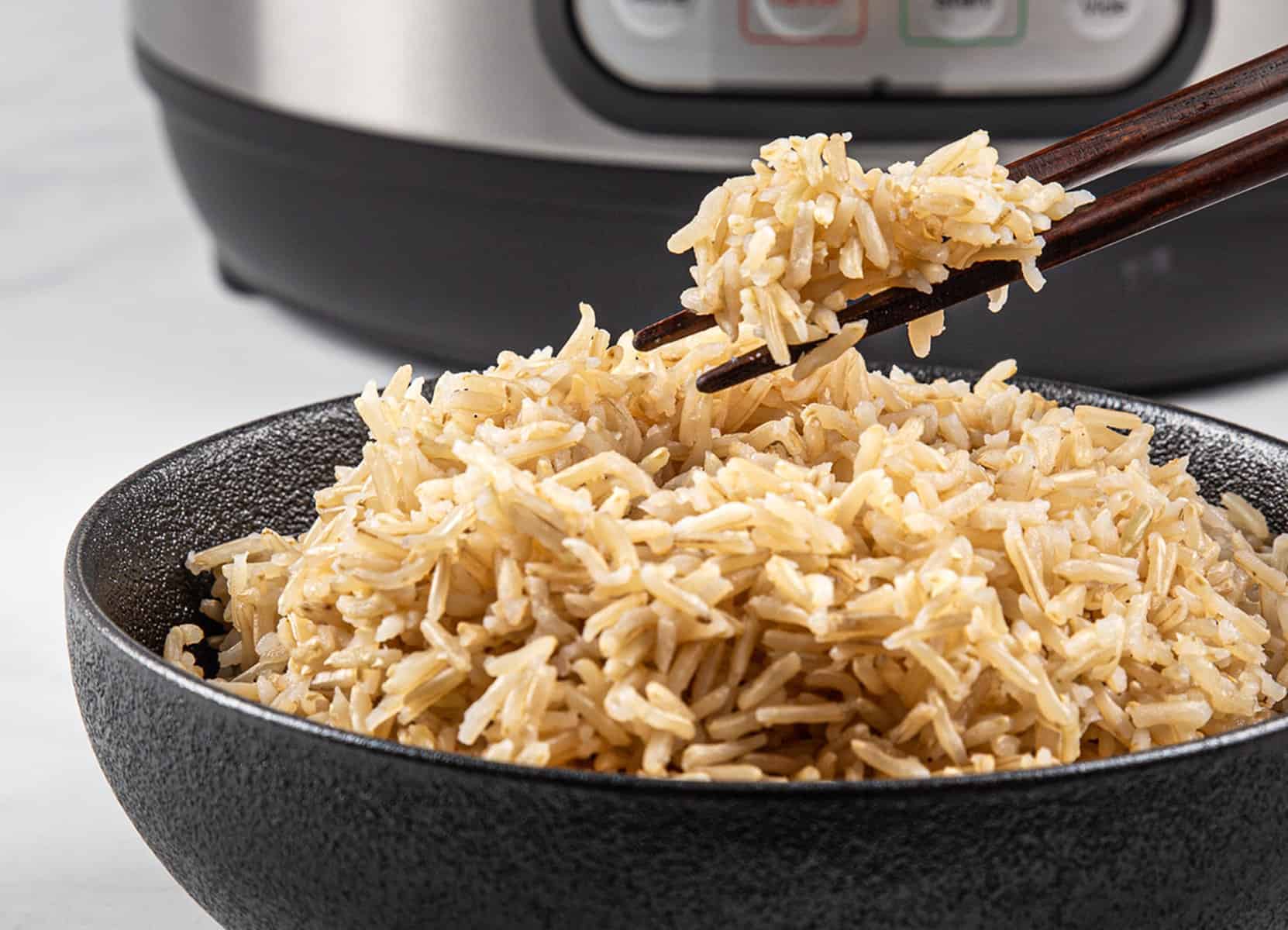
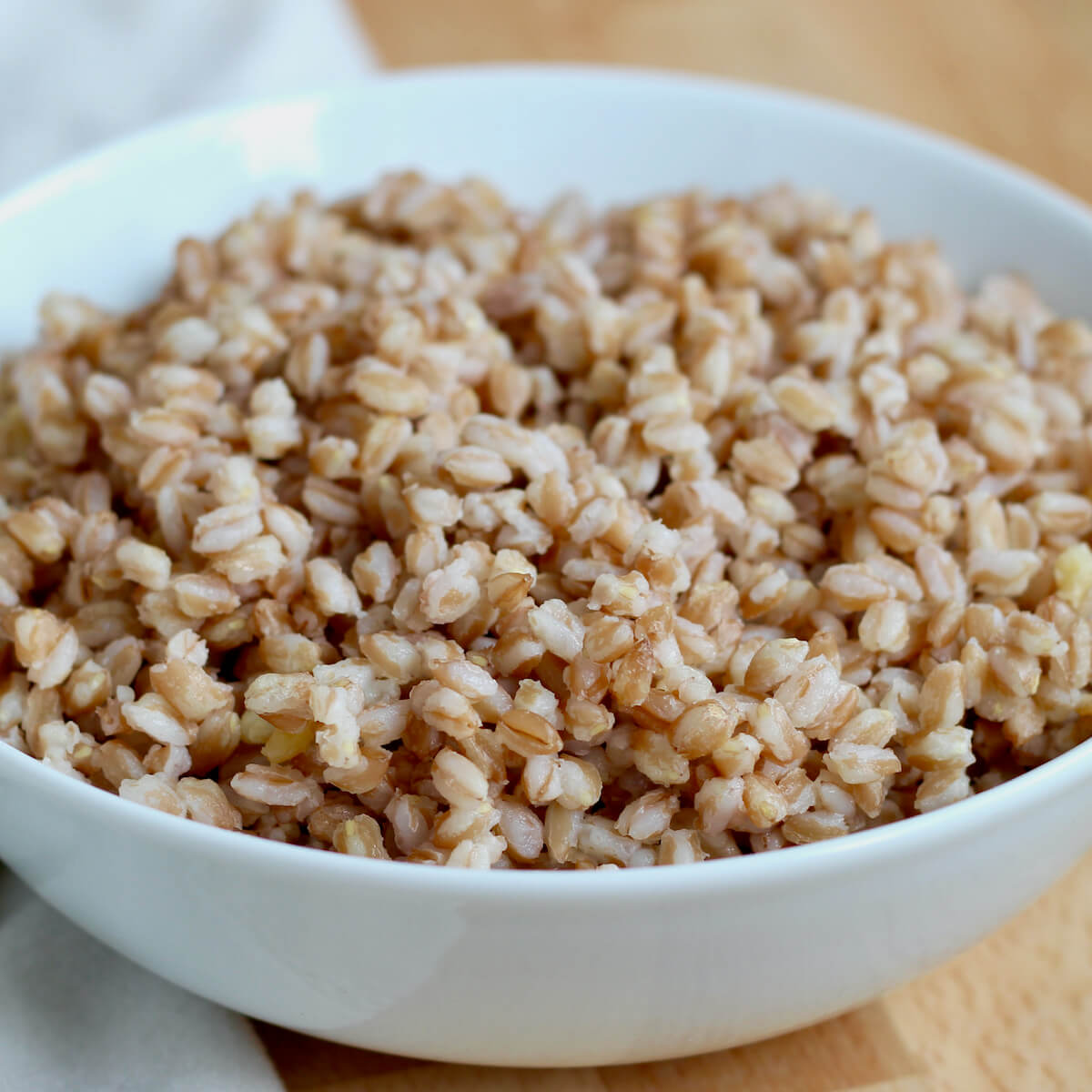
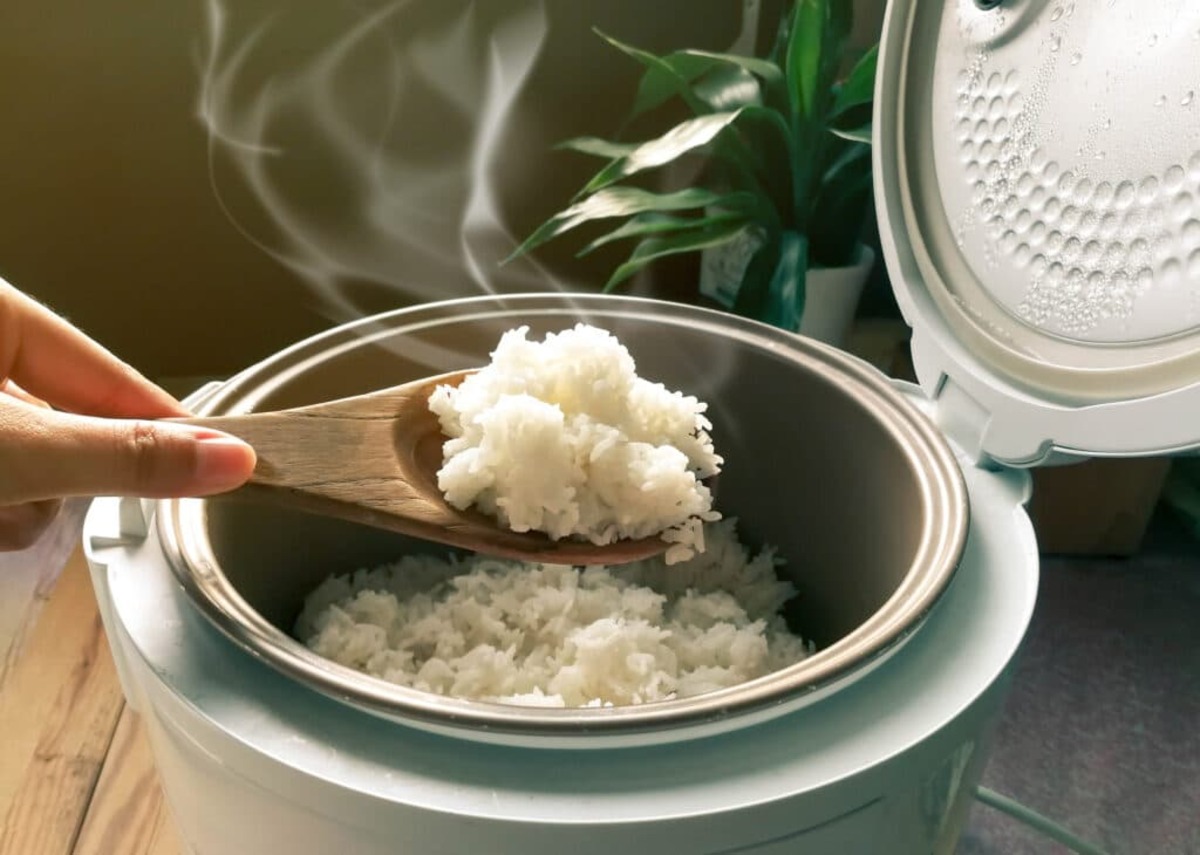
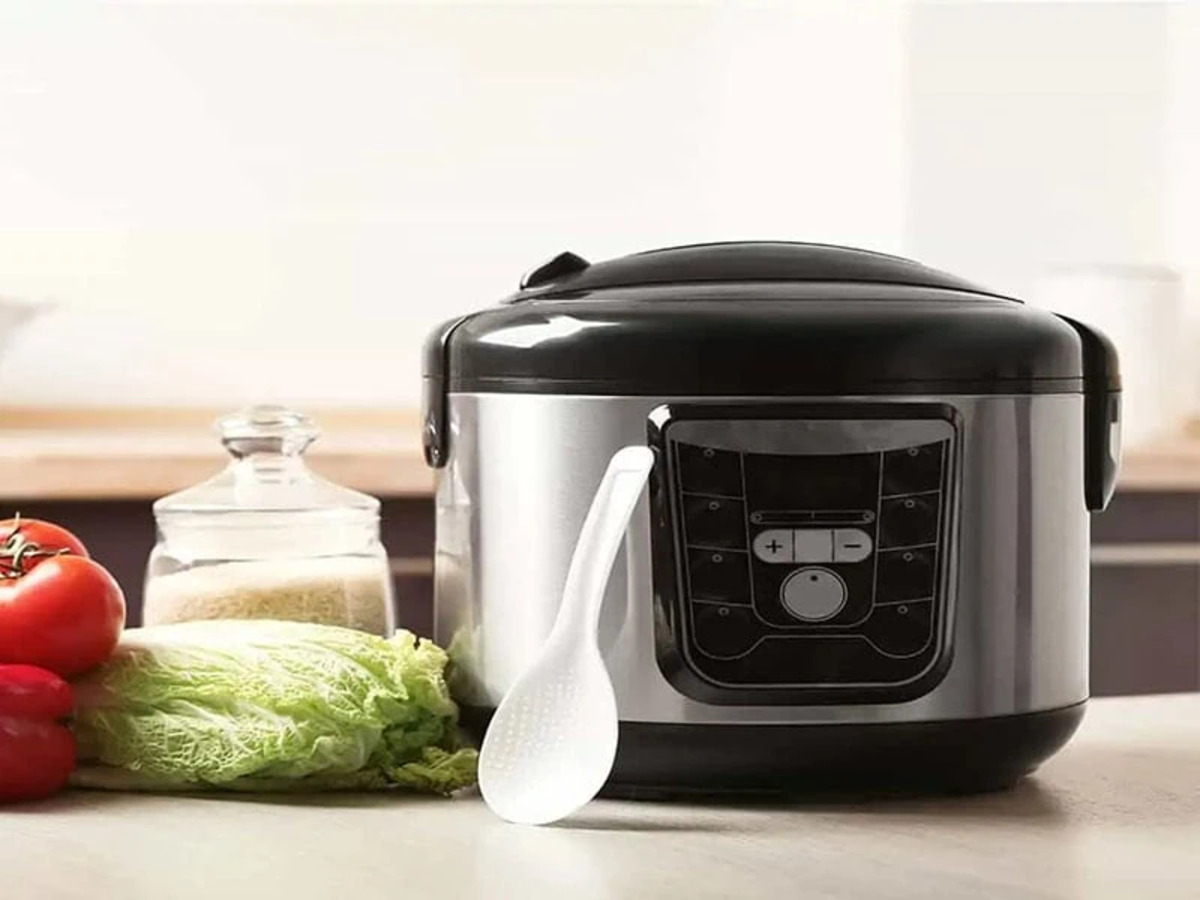
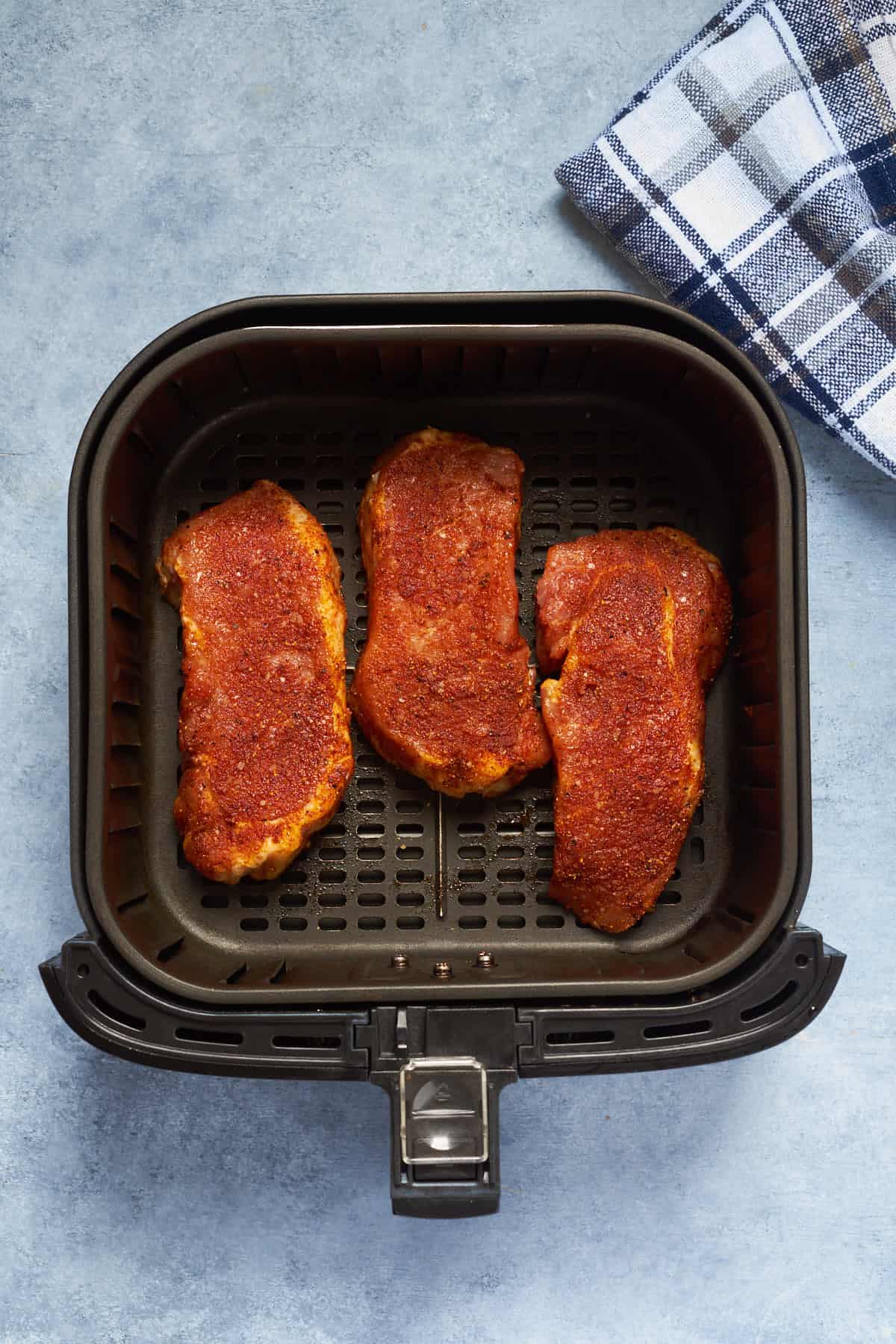


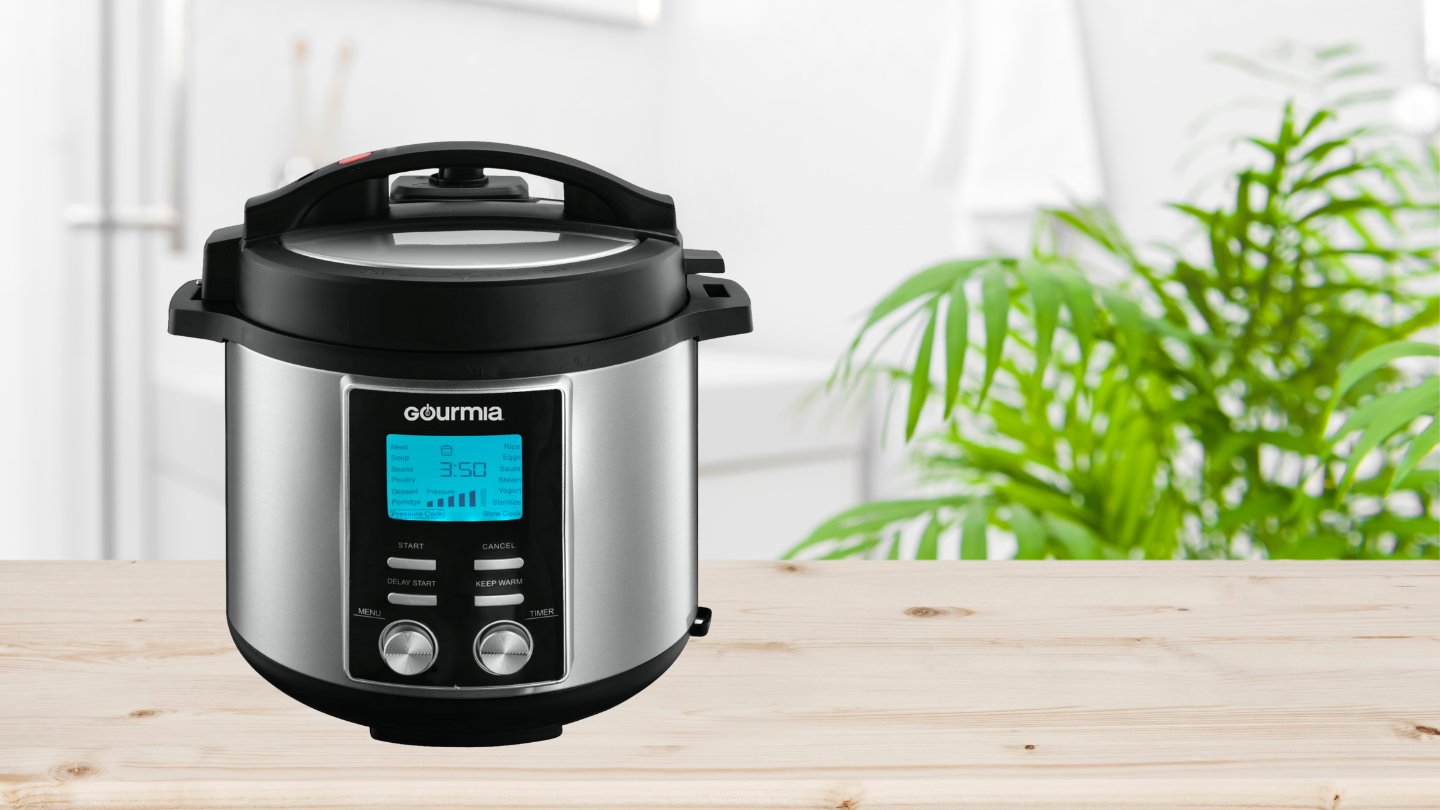
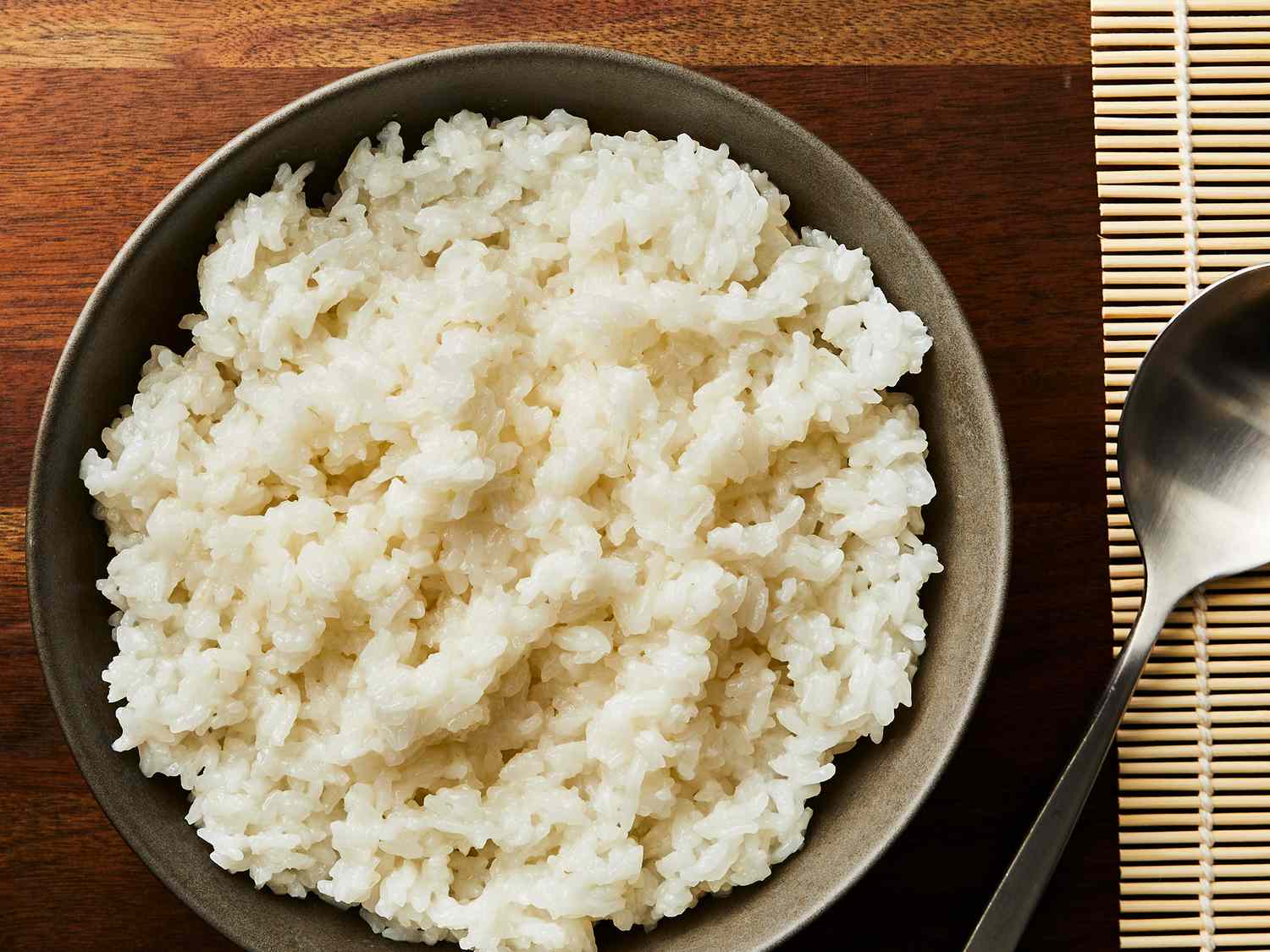
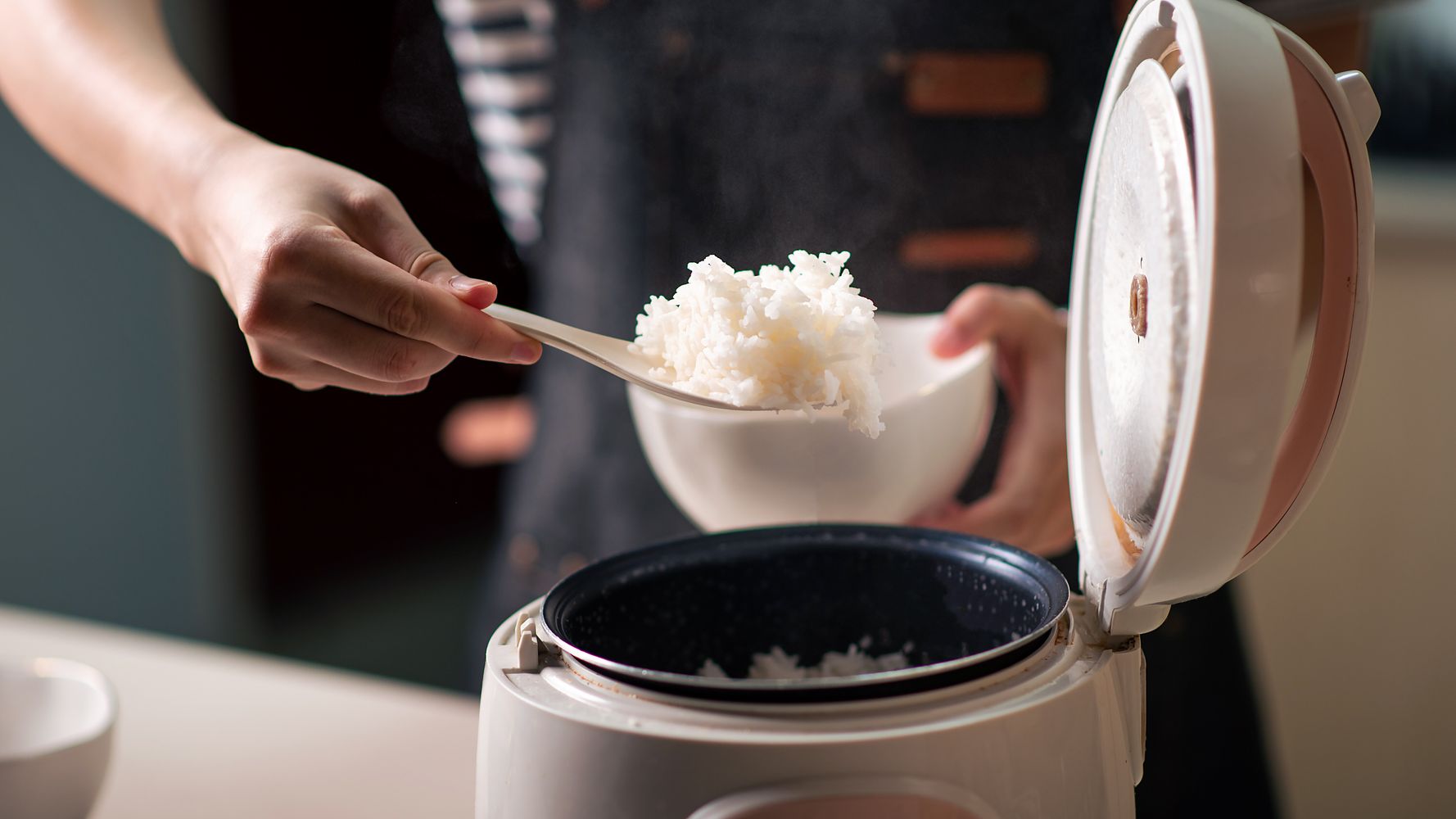
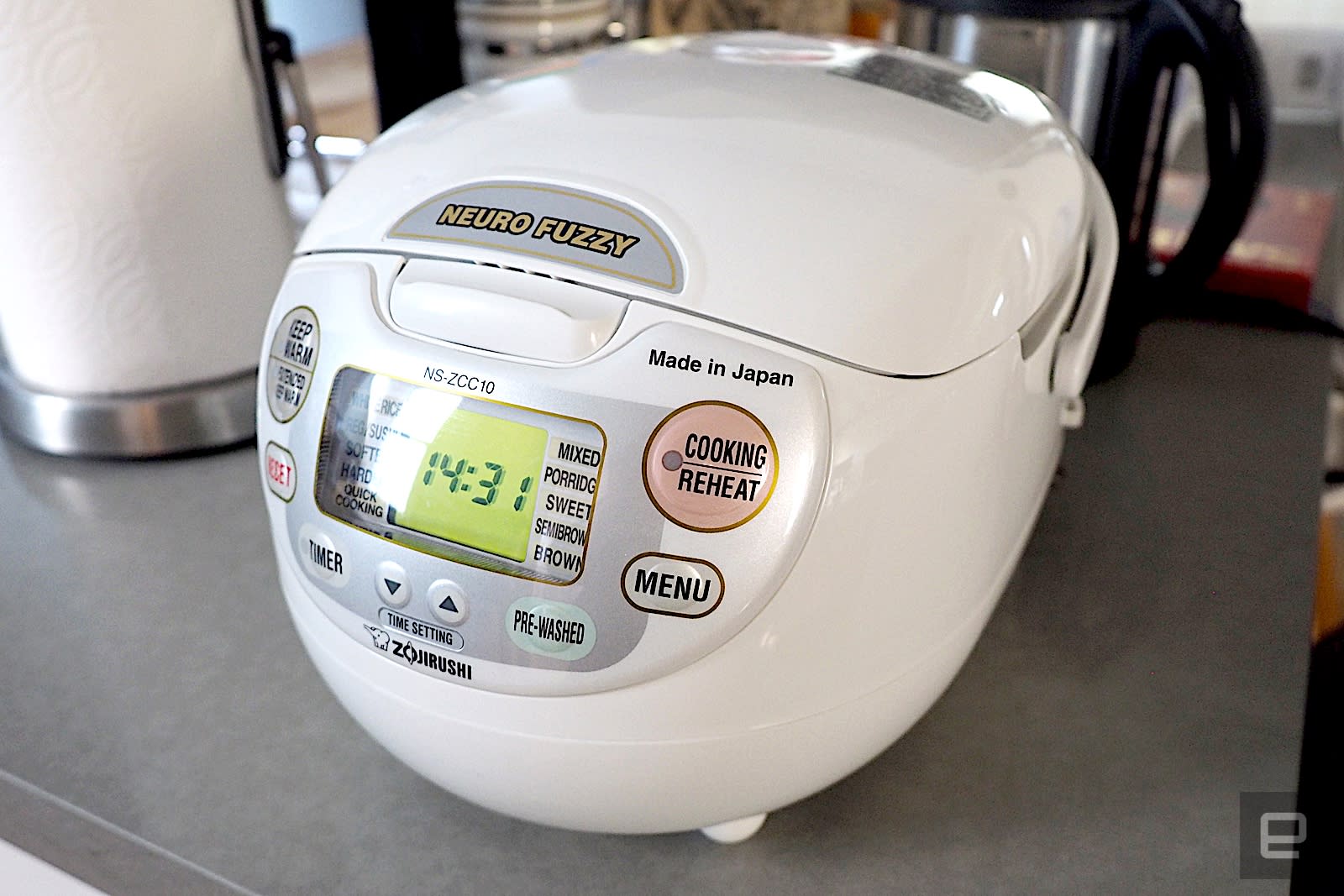
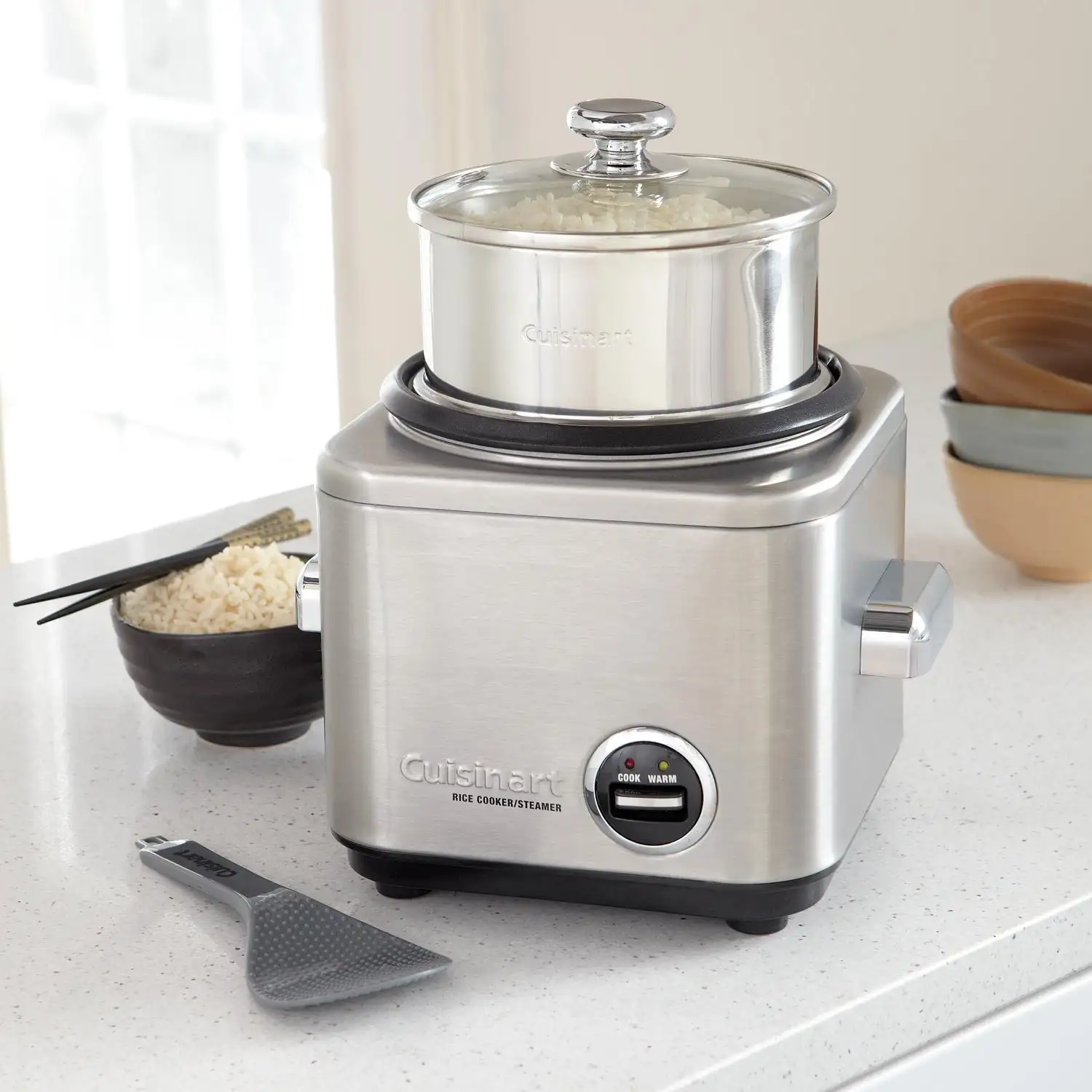
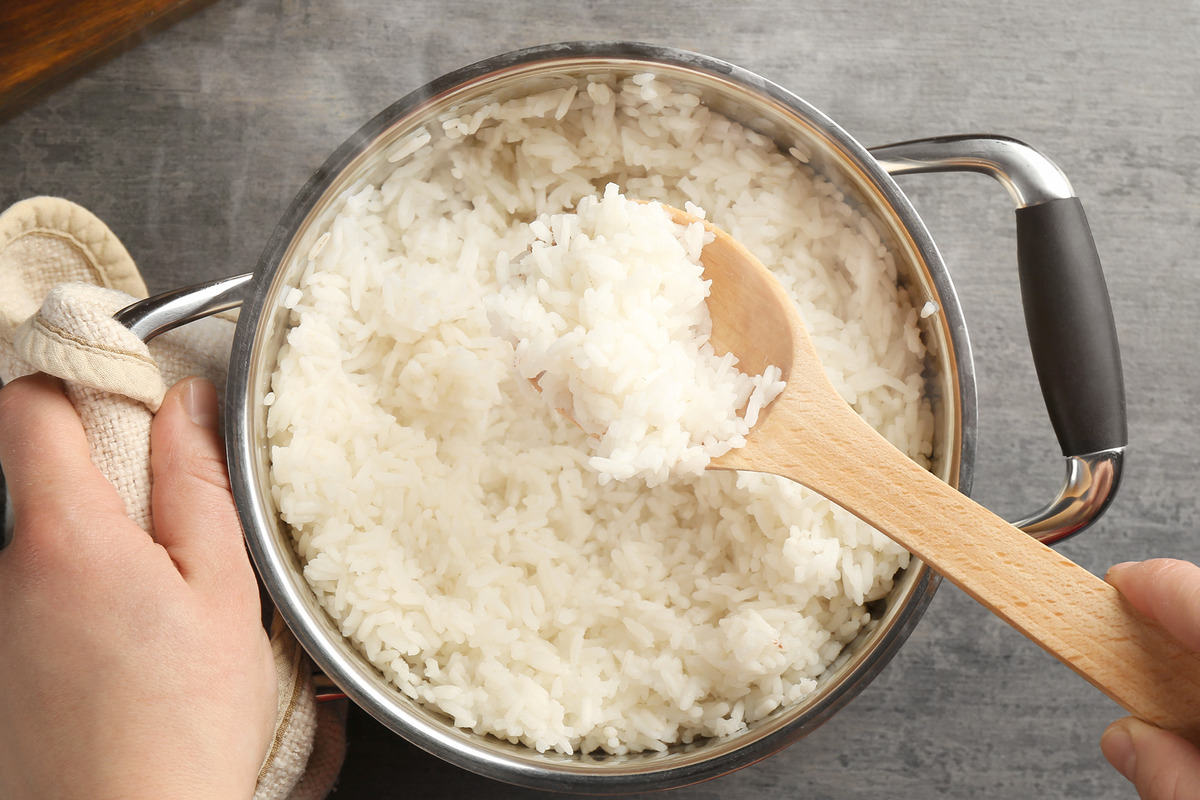

0 thoughts on “How Do You Cook Basmati Rice In A Rice Cooker”